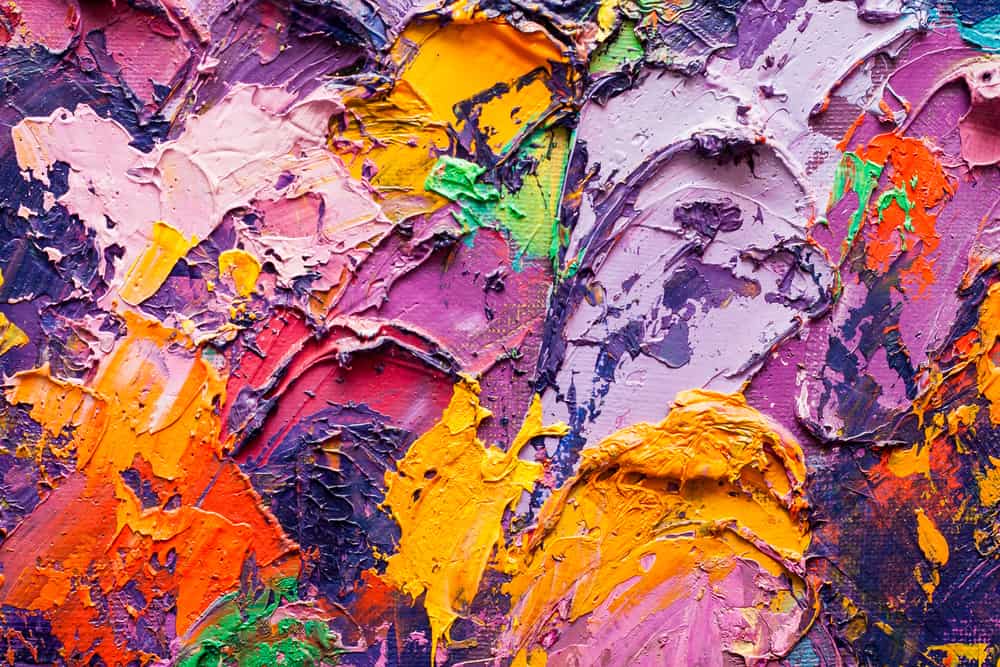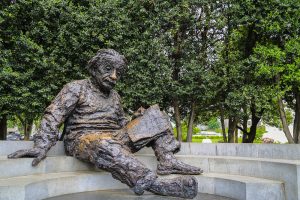 There is still some debate surrounding the addition of “A” to STEM to create STEAM. To us, it’s not just a matter of adding a letter, but rather a vitally significant augmentation of our approach to education: art. Art is imperative to learning and when we integrate it with science, technology, engineering, and math, the results are exponentially more successful.
There is still some debate surrounding the addition of “A” to STEM to create STEAM. To us, it’s not just a matter of adding a letter, but rather a vitally significant augmentation of our approach to education: art. Art is imperative to learning and when we integrate it with science, technology, engineering, and math, the results are exponentially more successful.
According to Bob Bryant of the Katy Fine Arts Department, “workplace demands are for students to understand how to solve problems, what makes arguments plausible, how to build teams and coalitions, and how to incorporate the concept of fairness into the everyday decisions. Students need to be thinkers, possess people skills, be problem-solvers, demonstrate creativity, and work as a member of a team. We need to offer more in-depth learning about the things that matter the most: order, integrity, thinking skills, a sense of wonder, truth, flexibility, fairness, dignity, contribution, justice, creativity and cooperation. The arts provide all of these.”
Author Lisa Phillips, who wrote the book “The Artistic Edge: 7 Skills Children Need to Succeed in an Increasingly Right Brain World,” explains that art helps develop important skill sets in children, such as collaboration, creativity, accountability, and perseverance. It’s not just about enjoying the arts intrinsic value. It’s about applying the experiences of engaging in art to future academic and career settings.
“I’m enough of an artist to draw freely on my imagination, which I think is more important than knowledge. Knowledge is limited. Imagination encircles the world.” -Albert Einstein
Even Albert Einstein supports the theory of art in education. It is well known that he studied the piano and violin and played music as an adult as a way to help him think. (By the way, if you would like a few suggestions on what kind of music might help you think, check out this article by Johns Hopkins School of education.)
But, don’t take ours or Dr. Einstein’s word for it. There are a number of studies that reveal the power of art to inspire, motivate and educate today’s students. Consider the Guggenheim Study that links literacy to art education or the report by the Rand Corporation called “A Portrait of the Visual Arts” argues that art education does more than just give students a creative outlet. It can actually help connect them to the larger world, ultimately improving community cohesion.
Pick up that paintbrush, dust off the old clarinet, hop on the pottery wheel, sharpen your woodworking tools – anything that inspires your inner creative voice – and make something.
And then some,
Your Friends @ OBP



Recent Comments